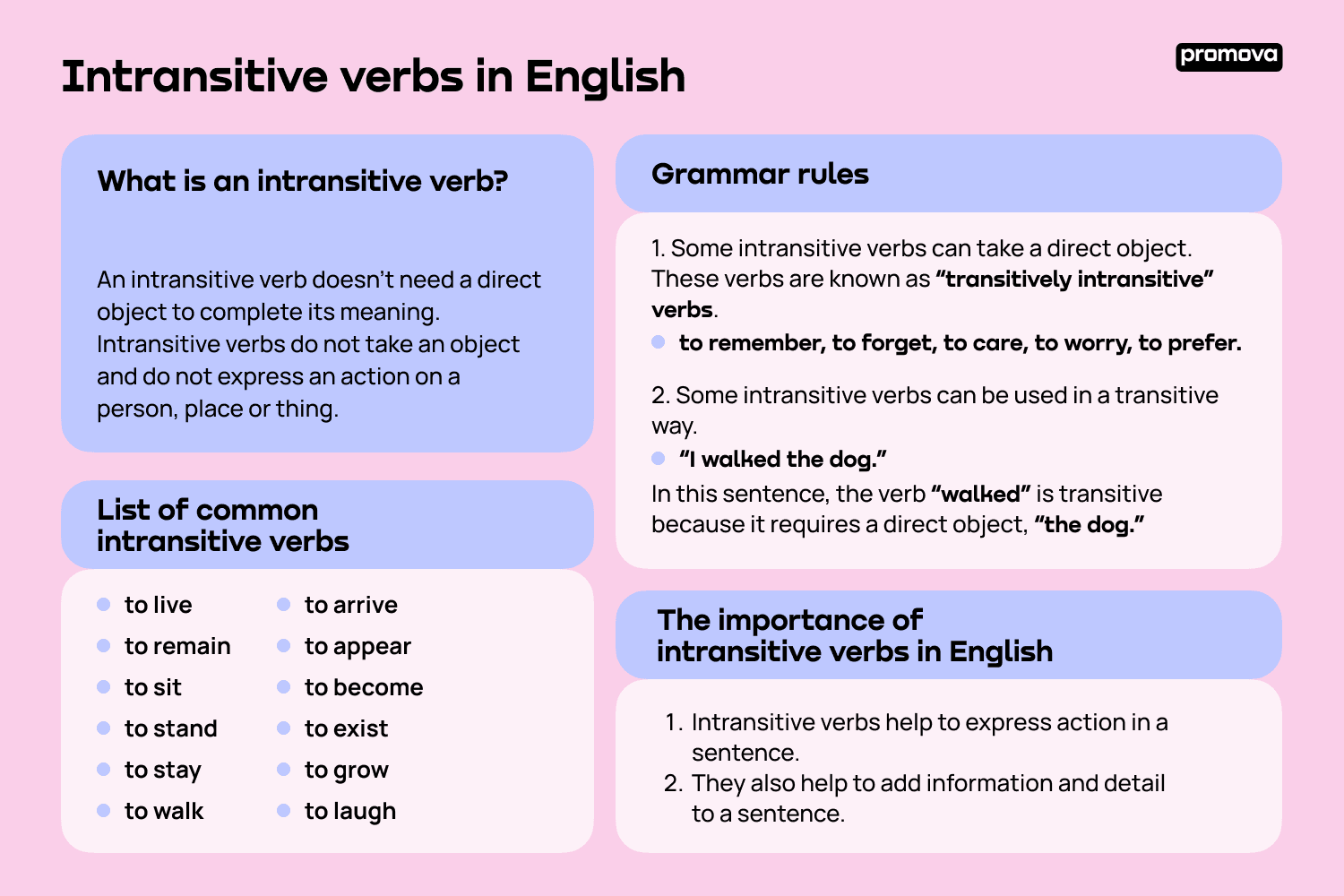Grammar can be a complex subject, especially when it comes to understanding the different types of verbs. Two common types of verbs are transitive and intransitive verbs, which play a crucial role in sentence structure and meaning.
Transitive verbs require an object to complete their meaning, while intransitive verbs do not. Understanding the difference between these two types of verbs is essential for constructing clear and coherent sentences.
Grammar: Transitive and Intransitive Verbs
Transitive verbs are action verbs that require a direct object to complete their meaning. For example, in the sentence “She ate the apple,” the verb “ate” is transitive because it requires the object “apple” to make sense. Without the object, the sentence would be incomplete.
In contrast, intransitive verbs do not require an object to complete their meaning. These verbs express action or describe a state of being without needing a direct object. For example, in the sentence “He sleeps peacefully,” the verb “sleeps” is intransitive because it does not require an object to convey the meaning of the sentence.
It is important to note that some verbs can function as both transitive and intransitive, depending on how they are used in a sentence. For example, the verb “run” can be transitive when followed by a direct object (e.g., “She runs a marathon”) or intransitive when used without an object (e.g., “He runs every day”).
Understanding the difference between transitive and intransitive verbs is crucial for constructing grammatically correct sentences. Misidentifying the type of verb can lead to confusion and ambiguity in communication. By recognizing whether a verb requires an object or not, writers can convey their intended meaning clearly and effectively.
In conclusion, transitive and intransitive verbs play a significant role in grammar and sentence structure. Knowing how to identify and use these types of verbs correctly can enhance the clarity and coherence of your writing. By mastering the distinction between transitive and intransitive verbs, you can improve your overall communication skills and convey your ideas more effectively.
